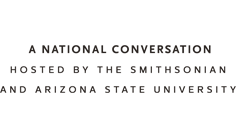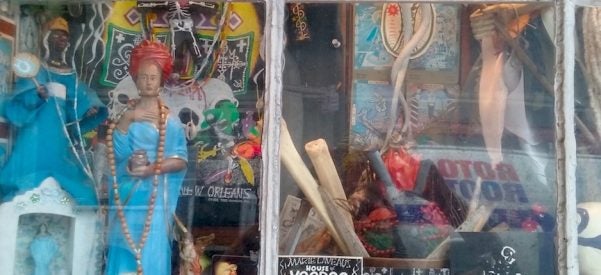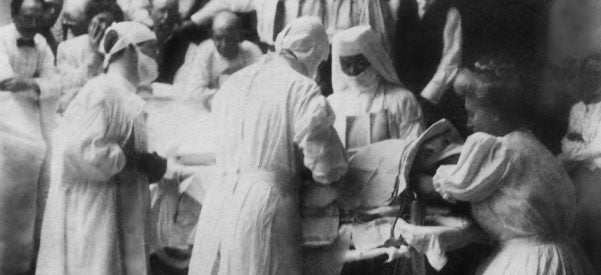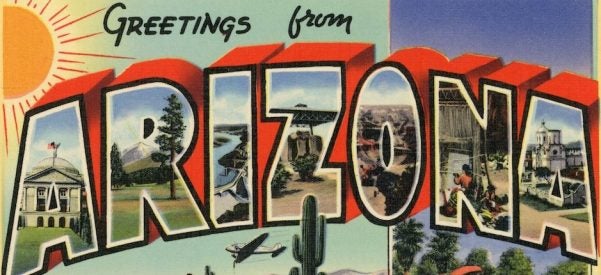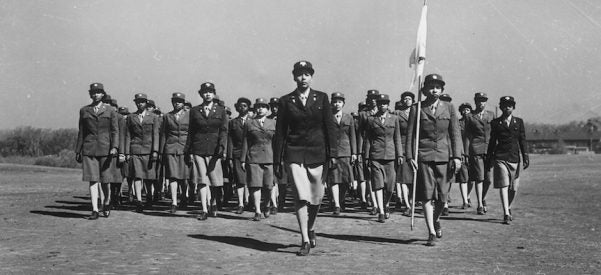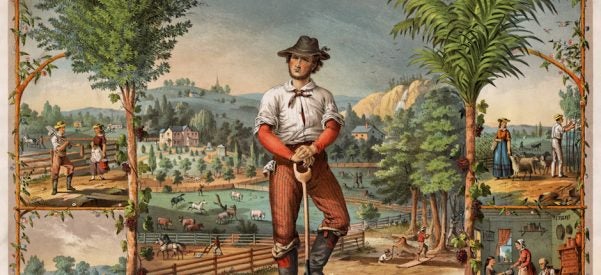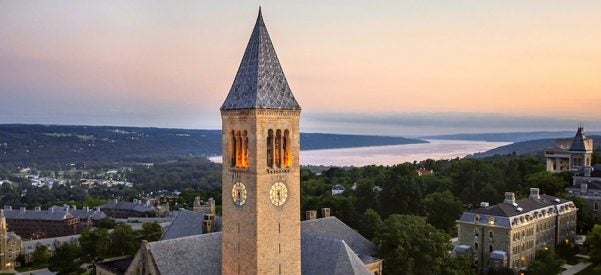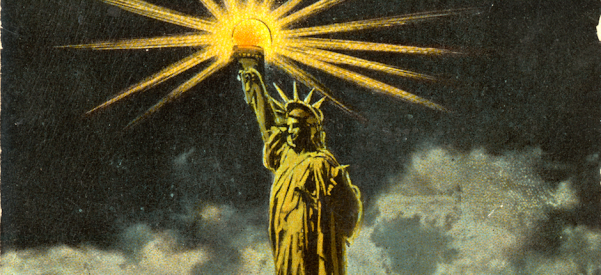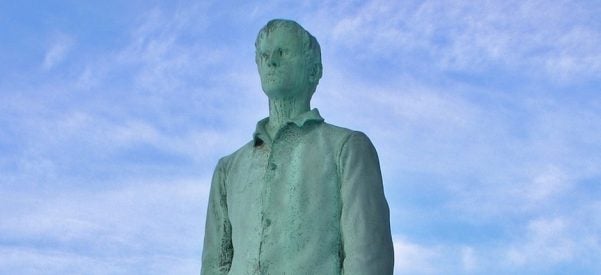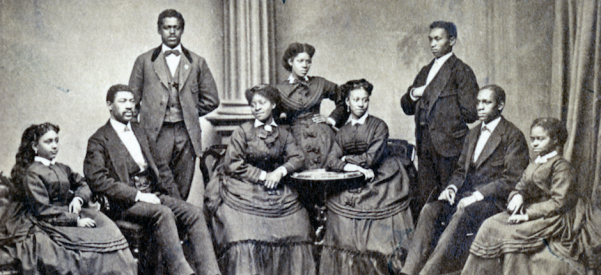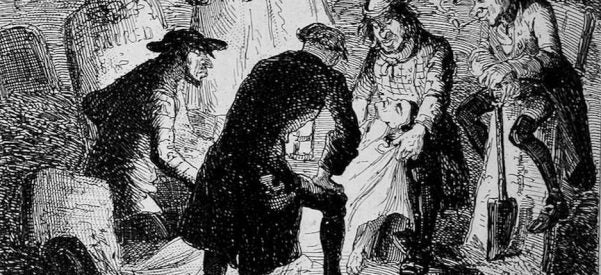The Voodoo Priestess Whose Celebrity Foretold America’s Future
Marie Laveau, the Self-Invented New Orleans Prophetess, Blurred the Sacred and Profane While Presiding Over a Multiracial Following
Any tourist who rolls into New Orleans’s French Quarter eventually finds themselves standing before a Bourbon Street botanica called Marie Laveau’s House of Voodoo. It’s a small shop, and the front window is cluttered with the materials of a spirit altar: candy, bones, saint figurines, jewelry, sugar skulls, and a small porcelain statuette of the woman in blue herself, wearing her signature orange tignon: Marie Laveau.
Wander inside the shop, and you’ll find every surface packed with totems, oils, potions, pendants, …

